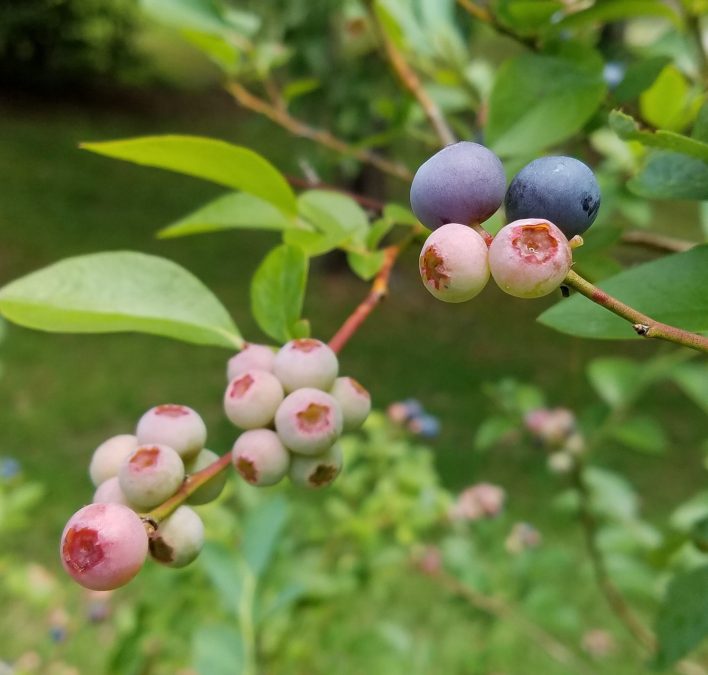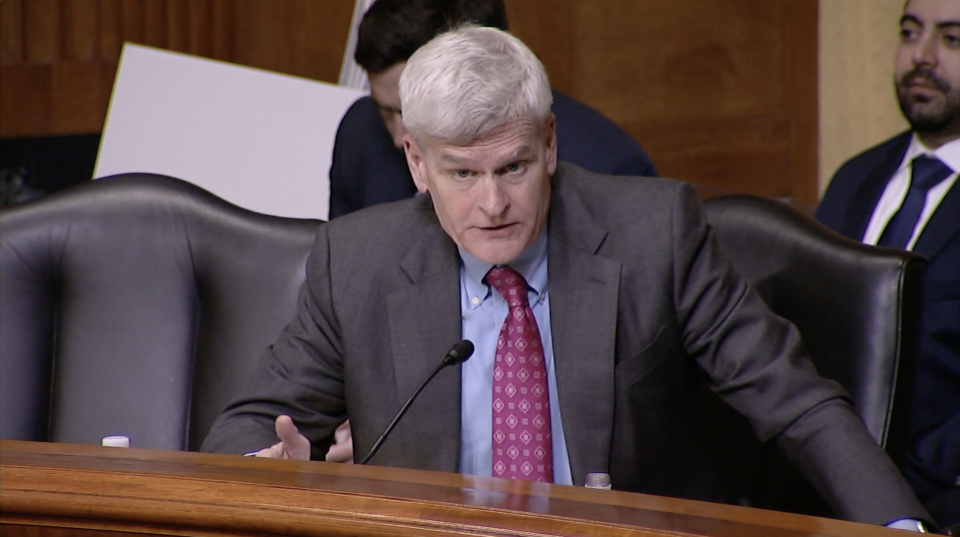
Motorcyclist Killed in Lafourche Parish Crash
July 11, 2022
Luxury boarding facility to open in Houma
July 12, 2022Most of our blackberry and blueberry plants have finished fruiting, so it’s time to think about pruning them and making a final fertilizer application.
Blackberry plants have perennial root systems, meaning that they can live for a number of years, but the individual canes only live for two years. They grow up from the ground in one year, overwinter, fruit in the second year, and then die.
Once canes of traditional blackberry varieties have fruited, they can be removed. Removing them by cutting near the base soon after harvest reduces the chance for certain diseases to spread from the second-year canes (“floricanes”) to the new canes (“primocanes”) that will fruit next year.
Note that if you have one of the relatively new “primocane-fruiting” blackberry varieties such as ‘Prime-Ark Freedom’, you may see fruit developing on the first-year canes. These will not die after fruiting but, as on other blackberry varieties, will survive for another year. Allow these to remain and produce another crop next year.
Another part of summertime blackberry pruning is to “tip” the primocanes of upright-growing varieties like ‘Arapaho’ and ‘Osage’. Do this when canes get about eight to twelve inches taller than the top wire of your trellis or, if you don’t have a trellis, once they reach three to four feet tall. This encourages primocanes to grow side branches, where fruit will be borne next year. It’s best to do this while the canes are still tender enough that you can pinch or snap them off with your fingers rather than waiting until they’re thick enough that they need to be cut with pruning shears.
In blueberries, summer is the time to prune bushes to reduce height, if needed, to make picking easier the following year. This doesn’t work in all areas of the country, but in Louisiana we have a long enough growing season that we can prune blueberries after harvest and get regrowth and flower bud development on that new growth. On the other hand, if you wait until wintertime to prune for height, you’ll be cutting off already-developed flower buds that could have produced fruit.
Note that blueberries are different from figs, for example. We can prune figs in February, and they will produce fruit on new growth. This is because figs fruit largely on new shoots, whereas blueberries produce fruit on shoots that grew in the previous year.
As a rule of thumb, prune blueberries for height no later than the end of July, and cut them one foot lower than the maximum height at which you want to pick.
The other major step to pruning mature rabbiteye blueberry plants is to remove one to three of the oldest canes each year. This encourages plants to grow new canes from the base. We want blueberry plants to produce new canes, since older growth tends to become less fruitful over time.
Removal of several old canes can be done either now or during the winter, when plants are dormant. Look for canes that are roughly one inch or more in diameter at the base, and cut them close to the ground. The amount of wood cut out each year should be roughly 10 to 20% of the total wood present.
For both blackberries and blueberries, the first fertilizer application of the season should be made in the late winter (around February). After harvest, a second application can be made. There’s a great variety of options when it comes to fertilizing, but a simple approach is to use one-half cup 8-8-8 per plant for mature blackberry plants and 1 cup 8-8-8 per plant for mature blueberry bushes. Spread fertilizer out under and around the canopies of the plants.








